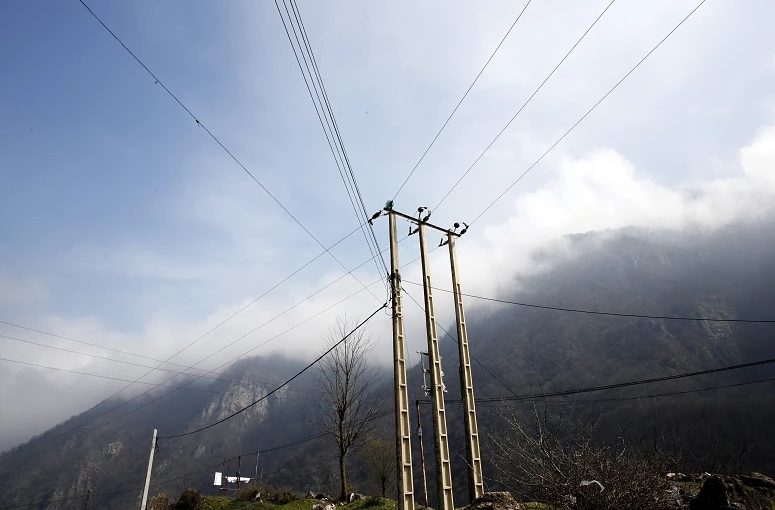Mozambique to launch $7.2 billion Coral Norte LNG project in October
Mozambique: Public, private funds to be used in $80 billion Energy Transition Strategy

File photo: Lusa
Mozambique’s government plans to use public and private funding to support the $80 billion (€73 billion) in investments of its Energy Transition Strategy (ETS) between now and 2050, including issuing sovereign debt.
“Given the magnitude of the funding required” to implement the ETS, “various sources of funding and financial instruments will be used”, including “public and private, national and international institutions,” states the strategy document, to which Lusa had access on Wednesday.
“In order to use sovereign debt to finance ETS projects, it will be essential to coordinate efforts so that the country’s debt capacity is not compromised and that the financing strategy is adapted to Mozambique’s fiscal reality,” the plan warns.
It adds that the ETS “represents an ambitious vision for transforming and expanding Mozambique’s energy system [that] “will provide a significant and lasting impact on the people [and] boost industrialisation and support regional and global efforts to combat climate change.
“Securing funding for key infrastructure assets and equipment is vital to realising this impact,” it goes on. “ETS programmes involve a range of investments and financing needs, from infrastructure projects and equipment costs, such as a hydroelectric dam or clean cooking solutions, to programme costs, such as regulatory reforms.”
The document also notes that the government has developed an initial estimate of the funding needed for major projects and that others, which are still in the early design phase, as well as programme costs, are not included in this initial estimate.
“The initial estimate indicates that the investments needed for the ETS require more than 80 billion dollars between 2024 and 2050,” the text continues. “Most of the funding before 2030 will go to the electricity sector, with hydropower and grid expansion accounting for the largest share.”
The development of photovoltaic and onshore wind farms to connect to the national grid “will also represent important investments, but will mainly require funding after 2030.”
In addition to large-scale energy production on the grid, the promotion of energy access solutions and the decarbonisation of transport are described in the document as “vital elements to be guaranteed in financing” and that the expansion of mini-grids alone – outside the national grid – will require between $1 billion and $2 billion.
“The implementation of solar home systems up to 500 million dollars and the implementation of clean cooking solutions up to 500 million dollars,” the strategy document states. “The decarbonisation of transport is likely to involve considerably more capital. There will also be a wide range of programme spending that requires funding through grants, to be defined as ETS initiatives, which will be detailed later.”
Mozambique’s president, Filipe Nyusi, said in December that the ETS would put the country at the “forefront of climate innovation” in comments on the sidelines of the United Nations climate summit (COP28) in Dubai.
READ: Mozambique’s $80 billion energy overhaul to tap Zambezi’s power
“This initiative not only puts Mozambique at the forefront of climate innovation, but also positions it as an attractive sustainable investment destination,” he said after speaking on 2 December in one of the panels at the event.
On 27 November, Mozambique’s Ministry of Mineral Resources and Energy announced investments of $80 billion (€73 billion) in the ETS, to be implemented by 2050.
In the period from 2024 to 2030, the government plans to add 3.5 gigawatts of new hydroelectric capacity by modernising existing plants and completing the Mphanda Nkuwa project.













Leave a Reply
Be the First to Comment!
You must be logged in to post a comment.
You must be logged in to post a comment.